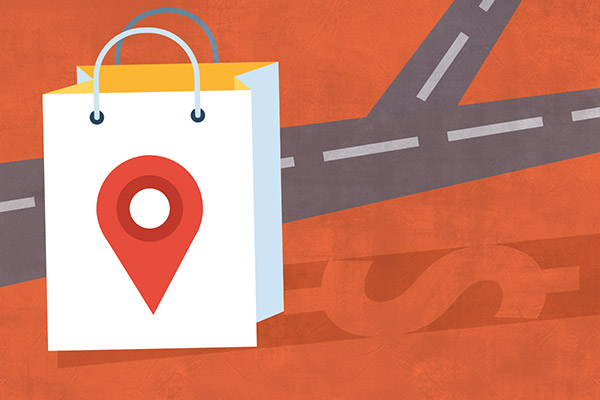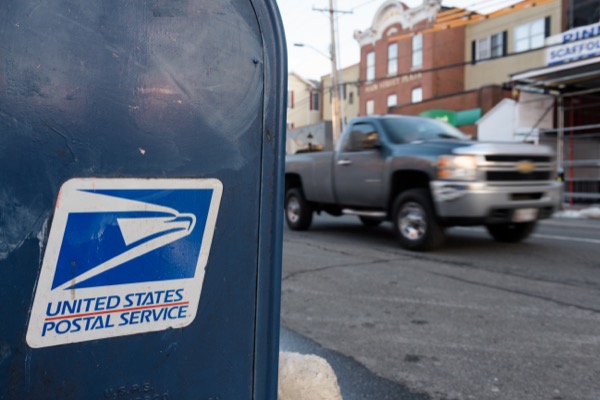


Shop right
Online shopping might not be as green as people think it is
8:21 a.m., Feb. 5, 2016--Home shopping isn’t new — images from Sears catalogues in the early 1900s show bicycles, banjos, hats, dresses, shoes, long underwear for men, corsets for women, guns, tools, light fixtures, storage trunks, curling irons, metal toys, and even cars and entire house kits.
Shopping malls took a chunk out of home shopping in the mid-20th century, but the Internet brought it back in startling numbers, with close to half of the American population having made online purchases by 2008.
Research Stories
Chronic wounds
Prof. Heck's legacy
With a few clicks of the mouse or swipes of the screen, people can now order everything from concert tickets, books and craft supplies to home decor, car parts, disposable diapers and groceries.
Logic suggests that online shopping is “greener” than traditional shopping. After all, when people shop from home, they are not jumping into their cars, one by one, to travel to the mall or the big box store.
But a multi-year regional study at the University of Delaware suggests that home shopping has a greater impact on the transportation sector than the public might suspect. The results of the research are documented in a paper, “Impacts of Home Shopping on Vehicle Operations and Greenhouse Gas Emissions,” in the International Journal of Sustainable Development and World Ecology.
The study, which focused on the city of Newark, Delaware, was led by Arde Faghri, professor in the Department of Civil and Environmental Engineering and director of the Delaware Center for Transportation (DCT).
The project included data collection through a survey to identify shopping behavior and summary of the survey results by product category, followed by simulation and analysis.
“Our simulation results showed that home shopping puts an additional burden on the local transportation network, as identified through four measures of effectiveness — travel time, delay, average speed, and greenhouse gas emissions,” says co-author Mingxin Li, a researcher at DCT.
While it’s true that e-stores require less space and use less energy, Faghri points out that online shopping puts more delivery trucks on the roads, which translates into more wear-and-tear on pavements and increased environmental pollution through the emission of fine particulate matter from diesel engines.
An additional problem is that residential and downtown streets were not designed to accommodate frequent truck stops, parking, loading and unloading, so trucks can interfere with through traffic, causing delays and compromising safety.
But what may be the most surprising finding of the study has nothing to do with increased truck traffic.
“We found that the total number of vehicles miles traveled hasn’t decreased at all with the growth of online shopping,” Faghri says. “This suggests that people are using the time they save by shopping on the internet to do other things like eating out at restaurants, going to the movies, or visiting friends.”
Faghri cautions that his study looked only at residential commerce, not purchases made by commercial and industrial businesses, and that the data his team collected was limited to a very small geographic area.
However, he emphasizes that local, state, regional, and national planners need to keep a close eye on the impacts of the home shopping trend when planning and budgeting for infrastructure needs.
“The increase in online shopping also affects land use patterns such as the number and size of stores in large shopping malls with vast parking spaces, as well as changes in labor markets, with, for example, less demand for sales personnel and more for truck drivers,” he says.
About the research
The first author on the paper was Jamshid Laghaei, who earned his master’s degree at UD in 2009 and conducted the initial research as a graduate student. He is now a transportation planner in Iran.
Mingxin Li followed up Laghaei’s work with additional analysis and simulation.
The work was financially supported by the Delaware Center for Transportation through a grant from the Federal Highway Administration.
Article by Diane Kukich
Image by Jeffrey C. Chase
Photo of researchers courtesy of Arde Faghri
Photo by Evan Krape










